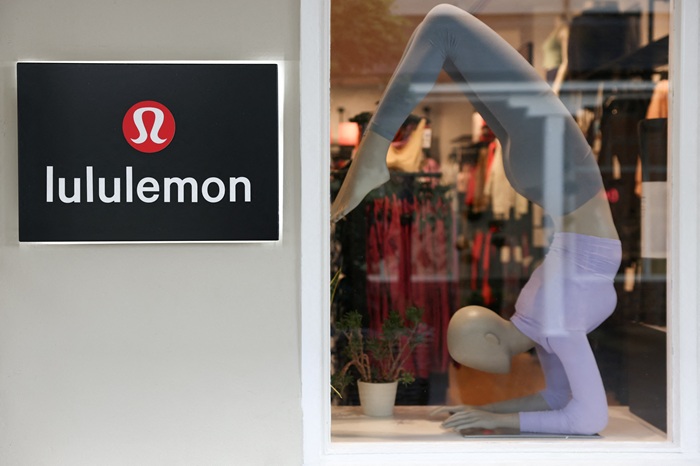Global furniture giant IKEA reported a drop in its annual retail sales for the second year in a row, a result of its deliberate strategy to slash prices and attract cash-strapped consumers in a competitive market.
After raising prices during the pandemic due to supply chain issues, the world's largest furniture retailer has cut prices by 10 per cent on average over the past two years. This aggressive move aims to counter high inflation and weak housing markets worldwide, which have significantly reduced consumer demand for furniture and homeware.
For FY25, which ended on August 31, global IKEA retail sales fell 1 per cent (or 0.3 per cent when adjusted for currency effects) to $51.9 billion.
Despite the drop in revenue, the strategy appears to be moving more product: the total number of products sold increased by 3 per cent, and both customer numbers and store visits increased.
IKEA is currently absorbing higher import costs and has not yet raised prices in the US, despite increased tariffs on imports. The company is attempting to shoulder the extra cost but did not rule out future price increases, says Ring
Meanwhile, Ingka Group, the largest IKEA franchisee, which operates stores in 31 markets, reported its lowest annual sales since 2021, falling 1.6 per cent to €39 billion. However, Ingka also saw an increase, with quantities sold rising by 1.6 per cen. Jesper Brodin, CEO, Ingka expressed cautious optimism that consumer spending would eventually pick up as the impact of falling inflation and interest rates begins to take effect.












